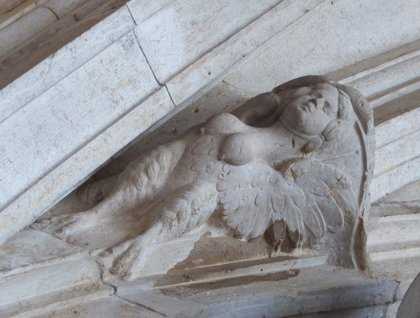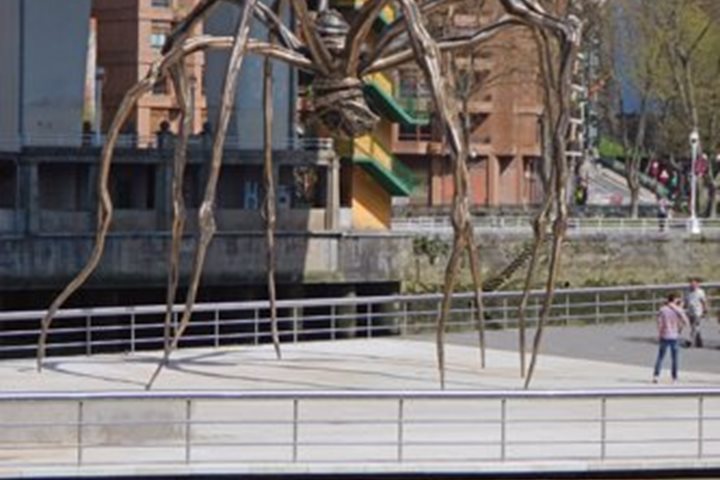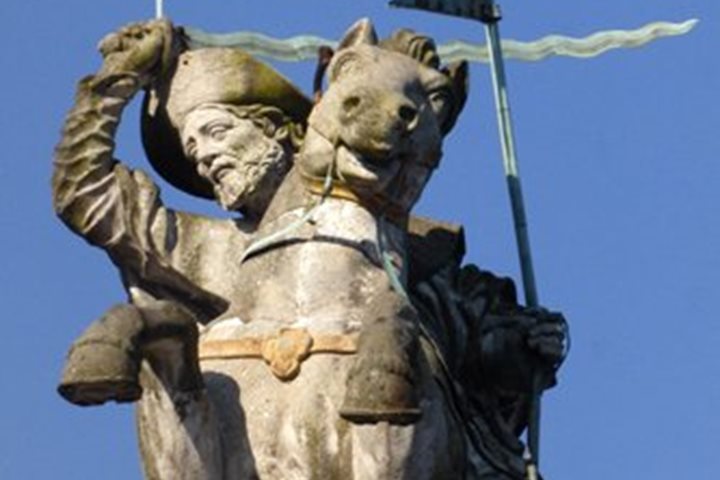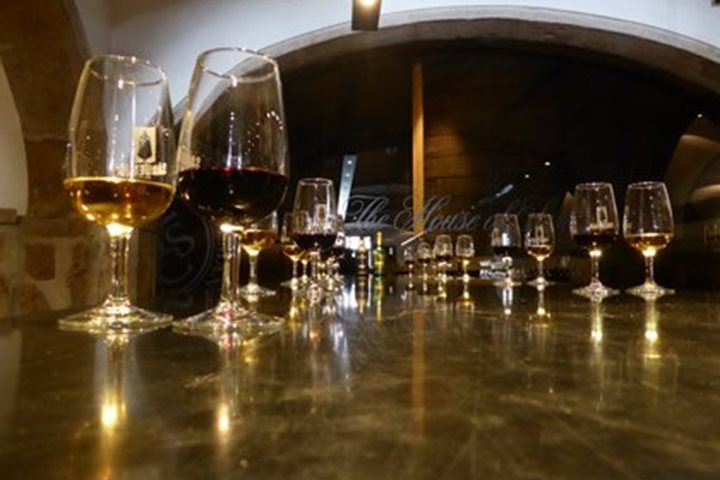The streets of Lisbon thronged today with the sights and sounds of a vibrant city full of color and life, with unexpected scenes around every corner. In the morning, having sailed up the Tagus into the heart of the capital, as many a caravel from the Age of Discovery had done before us, we set off for our morning exploration. Belém Tower was completed in 1519 and stood offshore like an ornate stone ship guarding the shores against any unfriendly fleet that might have ventured along the deep, accessible waterway. Further upstream, the monument to the great Portuguese Age of Discovery, erected in 1960, dominated the quayside. Thirty-three statues of significant historical figures adorned the structure and there, foremost of all, was Henry the Navigator, in his broad-brimmed hat, gazing out towards the Atlantic, whence he sent out so many expeditions to seek new lands and trade routes. Set out in the square below was a beautiful map of the oceans in colorful marble, a present to Lisbon from South Africa in commemoration of the Portuguese discovery of the Cape of Good Hope by Dias de Novaes in 1487-88.
Nearby stood the Jerónimos Monastery, a remarkable survival of the great 1755 earthquake and tsunami which destroyed so much of the medieval city. Construction began on 6th January 1501, commissioned by King Manuel I, to bless the expeditions as they departed from the quay outside, and to provide a place for prestigious royal tombs for the king’s new dynasty. Inspired by fantastical themes associated with the returning sailors, this gave rise to a distinctive style of ‘Manuelian’ architecture, featuring carved ropework and exotic fruits and animals. Its exuberant ornamentation was everywhere: stone harpies, grotesques, saints, and kings jostled overhead as we joined a sea of humanity below, although the main chapel was rebuilt in 1572 in a more restrained classical style as a royal pantheon. Within the church were the tombs of Vasco de Gama and Luis Vas de Camōes, Portugal’s most celebrated literary figure.
The afternoon walking tour was a revelation. Who would have suspected that, just uphill from the National Geographic Explorer’s berth, a maze of narrow medieval lanes wound upwards to the top of the highest of Lisbon’s seven hills. Crammed in side by side were dwellings (with laundry hung out to dry from the upper windows), palaces, cafes, churches, chapels, and artisans’ workshops all within the ancient city walls. In the streets musicians played, food was cooked, tram cars rattled past, and gentle rain fell.
Our visit was rounded off with a stunning performance of Fado, a uniquely Portuguese musical style by one of Portugal’s iconic Fado singers, Cuca Roseta.







